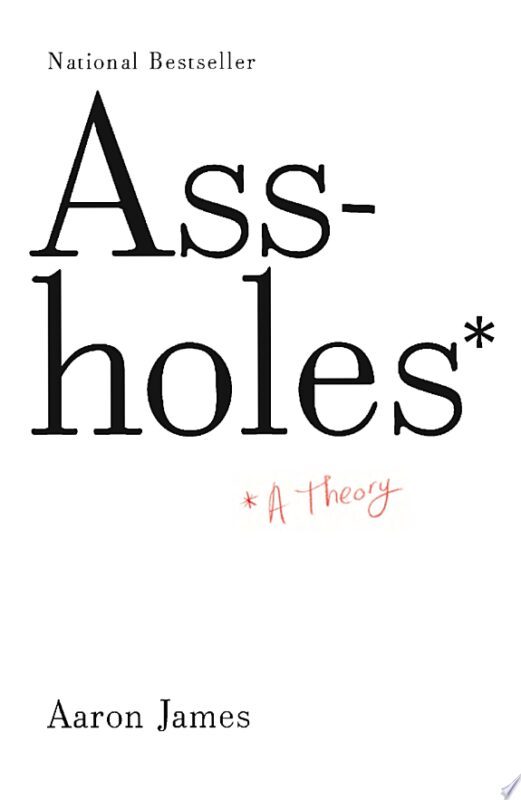Menchaca II
USAA TEXAS LLOYDS CO. v. MENCHACA,
545 S.W. 3d 479 (Tex. 1918)
THE SECOND DECISION IN MENCHACA: CLEARING UP SUBSTANTIVE CONFUSION & RIGHTING UP THE SHIP OF PROCEDURE
Quinn’s Part One
The judgment in this case following rehearing was entered on April 13, 2018. Quinn’s Part One, among others, was posted on April 13, 2020
This decision is a rehearing in the Menchaca case first decided and opinions issued in 2017. Both “editions” if the Court’s Opinion were intended to structure or restructure, as some might say, a part of the law of insurance bad faith (“IBF”) more clearly, or quite differently, some might say. In general, the substance of Texas law on insurance bad faith consists of three legal components: the law of contracts (as “standardized” in the area of insurance law), the common law of insurer bad faith, and the statutory law of insurer bad faith as set forth in the Texas Insurance Code.
The court was dissatisfied with the job on Menchaca it did in 2017, so it reformulated the case. The five (5) general principles it formulated in the earlier decision have not changed, except maybe in abstruse details I have not recognized significantly, in the rehearing the opinion of the court states that those principles are unanimously confirmed.
One important question is what law must be broken for an insurer to be liable for bad faith. Since the common law of bad faith is much weaker in the courts, or (at least) less fashionable than it was 25-30 years ago, this question is usually focused on statutory bad faith which is principally found in sections 541 and 542 of the Texas Insurance Code (TIC).
Intuitively and simplistically, as a very general rule, an insured subjected to IBF is entitled to recovery (to obtain the benefits under the insurance policy, i.e., the contract of insurance, and sometimes more), if the insurer has breached the contract and the insured has not, in any significant and/or prejudicial way. Not any breach of the contract of insurance will suffice; lots of breaches are recoverable by means of ordinary breach of contract actions. Over the years, and following traditions bad faith law, the insurer’s breach has to be “serious.”
But what is one to think if the contract has not been breached by either party to it but the insurer has violated the relevant portions of the TIC and has therefore committed IBF? We have no entitlement to damages under contract law, but we have an insurer who has been a bad actor in the claim handling process. And isn’t it part of the point of having a special law of insurance designed, in part, to protect insureds from this sort of unreasonable conduct? After all, insurers and insureds are by law characterized as necessarily having a “special relationship.” Very roughly speaking, is an insurer treated an insured really badly, it is liable under common law or by statute. Furthermore, the law seems to imply that if an insured has been subjected to consequential damages, by the insured’s misconduct, shouldn’t this be payable by the carrier, if IBF has been established and those damages convincingly calculated and presented?
Then again, from the insurer’s point of view, the central connection in the insurer-insured relationship is the contract. “If I haven’t breached it,” says the insurer, “since I paid the claim, didn’t owe it, or just made a mistake, I haven’t hurt my customer and so haven’t caused her damages, even if I blundered around muddling the handling of the claim. Not being able to tie my shoelaces correctly or quickly is not the basis of or the foundation for damages, nor is my epistemological stumbling. There is no mechanistic, iron-clad formula for adjusting. It’s an art as well as a science. It involves thinking and not just grinding.”
Naturally, the views of insurers and insureds tend to divide along party lines. Not so naturally, Texas Supreme Court decisions over the last decade or so are thought to have taken both views, more or less, in separate cases–one view in this case and that in another. Sometimes lawyers, insurers, citizens, political leaders, lobbyists, and pundits have envisioned the evolution of Texas appellate courts as to insurer bad faith, especially as to statutory bad faith, as being two rivers, one pro-insured (pro-policyholder) and con pro-insurer (pro-carrier).
Some law firms specialize in rowing in one stream, while others principally row in the other. Some of the policyholder law firms specialize in larger losses involving larger businesses; some of those firms specialize in individual policyholders, and some of the latter type of law firms spend most of their energy advising personal injury and tort lawyers about how to structure tort cases so as to bring in liability insurers.
Can we have a “two river’ insurance law system? How can we have it both ways? That is what the Menchaca case is much about, at least insofar as fundamental insurance and statutory law are concerned. Other topics are at issue arising principally out of civil procedure as applied to part of the law regarding the trial of insurance cases, namely the part that begins with the submission of jury issues. Both Menchaca decisions say, “Surely not.”
They say many other things too. Maybe more in the opinions on rehearing. There are three of them, and all of them end up being classifiable as plurality opinions.
Michael Sean Quinn, Ph.D., J.D., C.P.C.U, Etc
2112 Hartford Rd.
Austin, Texas 78703
(512) 656-0503





Recent Comments